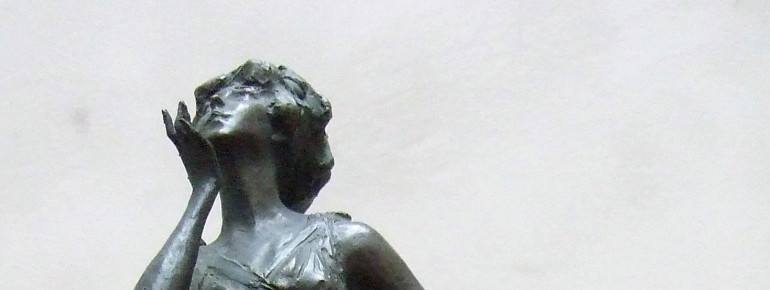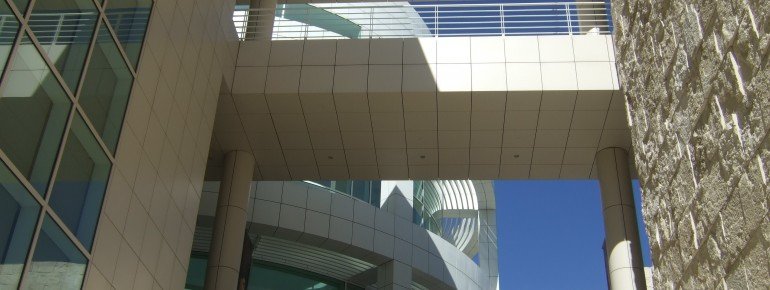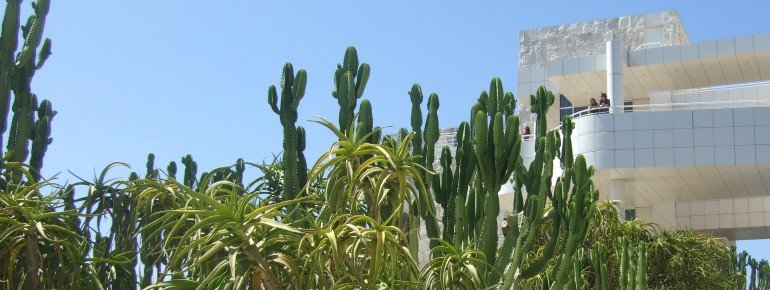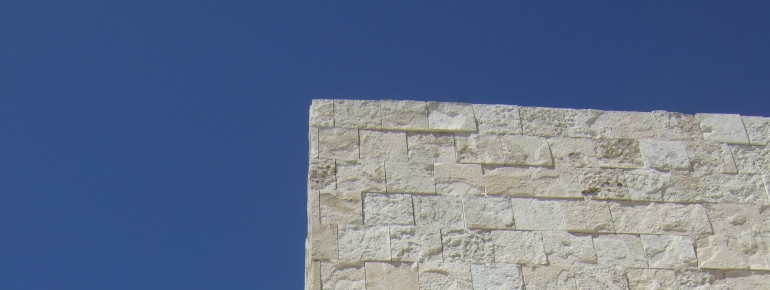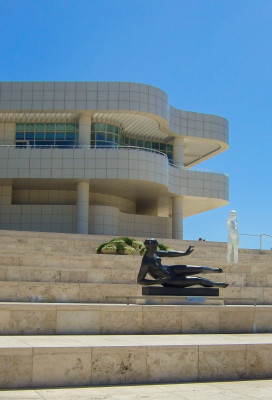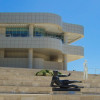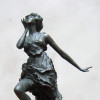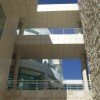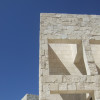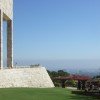Contents
Description
The J. Paul Getty Museum is an American art museum located in Los Angeles. Its collection is divided into six categories: Antiquities, Drawings, Illuminated Manuscripts, Paintings, Photography, and Sculpture and Decorative Arts. The museum focuses primarily on Western works from the Middle Ages to the present. With around 1.3 million visitors annually, the Getty ranks among the most visited museums in the United States.
The Permanent Collection
The Getty Museum’s permanent collection at the Getty Center showcases European paintings, drawings, manuscripts, sculpture, and decorative arts created before the 20th century. In addition, it features American, European, and Asian photography from the 19th and 20th centuries, as well as modern and contemporary sculpture.
The European works—paintings, sculpture, and applied arts—are organized by period and geographic origin and spread across four pavilions: North Pavilion: Features works up to 1600, including medieval and Renaissance sculpture and decorative arts. East Pavilion: Home to 17th-century art, including paintings by Dutch, French, Flemish, and Spanish masters, as well as Italian works from 1600–1800. South Pavilion: Focuses on 18th-century paintings and objects. West Pavilion: Houses 19th-century paintings and sculptures, with neoclassical, Romantic, and Symbolist works. It also includes Italian art from 1700 to 1900. Modern and contemporary sculptures are placed throughout the Getty Center grounds.
Temporary Exhibitions
The museum’s collection of medieval and early Renaissance manuscripts is presented in rotating exhibitions, focusing on themes such as “Life in the Middle Ages” or “The Evolution of Painting Techniques.” In addition, prints and drawings from the early Renaissance to the 20th century are shown in changing displays. At the Center for Photographs, visitors can explore rotating photography exhibitions. The photography collection spans the entire history of the medium, including works from Europe, the Americas, and Asia.
Architecture of the Getty Center
The Getty Center is a harmonious blend of modern design, nature, and breathtaking views—crafted by architect Richard Meier. Perched in the Santa Monica Mountains, the center offers sweeping panoramas of the Pacific Ocean, the San Gabriel Mountains, and the vast cityscape of Los Angeles. Meier designed the complex with a strong emphasis on the relationship between nature and culture. The buildings are arranged around a central plaza and constructed from Italian travertine stone. Curved architectural elements and lush gardens soften the geometric grid created by the rectangular stonework.
The Gardens of the Getty Center
At the heart of the Getty Center lies the Central Garden—a living, ever-changing work of art conceived by artist Robert Irwin. More than 500 plant species shape its winding paths, which are lined with trees, sculptures, and surprising viewpoints. Fountains, floral arrangements, and carefully curated artworks make the garden a sensory experience that invites exploration and reflection—a perfect complement to the museum’s cultural offerings.


